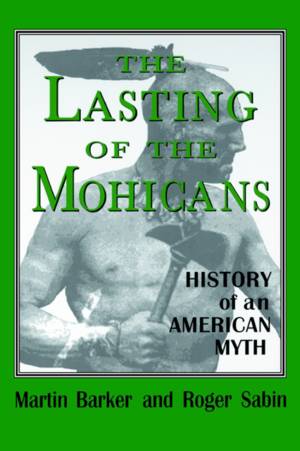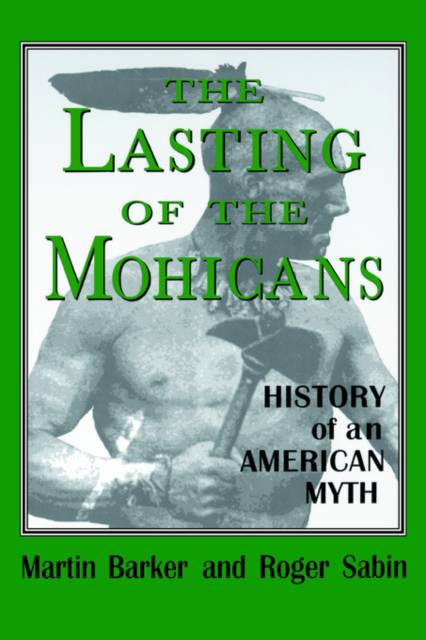
- Retrait gratuit dans votre magasin Club
- 7.000.000 titres dans notre catalogue
- Payer en toute sécurité
- Toujours un magasin près de chez vous
- Retrait gratuit dans votre magasin Club
- 7.000.0000 titres dans notre catalogue
- Payer en toute sécurité
- Toujours un magasin près de chez vous
59,45 €
+ 118 points
Description
There are few people for whom the phrase "last of the Mohicans" does not conjure up memories and associations--childhood games, films, TV programs. Yet most who profess acquaintance with Cooper's title actually have never read his book. The characters--Hawkeye and his Mohican friends Chingachgook and Uncas--owe more to the media than to Cooper's text for their popularity. But they have become familiar icons identified with the colonizing of the northeastern frontier and with the creation of "America." This groundbreaking and entertaining study focuses on the making and the remaking of media versions of Cooper's popular book. It shows that each new rendering extends to its audience a dynamic image of the American myth. Yet along with the appeal of frontier adventure, these media adaptations bear the weight of powerful meanings. Each new version addresses these meanings differently and raises questions about wilderness and frontier, about western expansion, about the relationships between men and women, about the association of whites with "Indians." Why does this book that everyone knows, but that few have read, continue to be perennially attractive for the media? In answer to this question, this study throws a new light on the idea of frontier and on the meaning of the American Dream.
Spécifications
Parties prenantes
- Auteur(s) :
- Editeur:
Contenu
- Nombre de pages :
- 264
- Langue:
- Anglais
- Collection :
Caractéristiques
- EAN:
- 9780878058594
- Date de parution :
- 01-03-96
- Format:
- Livre broché
- Format numérique:
- Trade paperback (VS)
- Dimensions :
- 154 mm x 227 mm
- Poids :
- 467 g

Les avis
Nous publions uniquement les avis qui respectent les conditions requises. Consultez nos conditions pour les avis.






